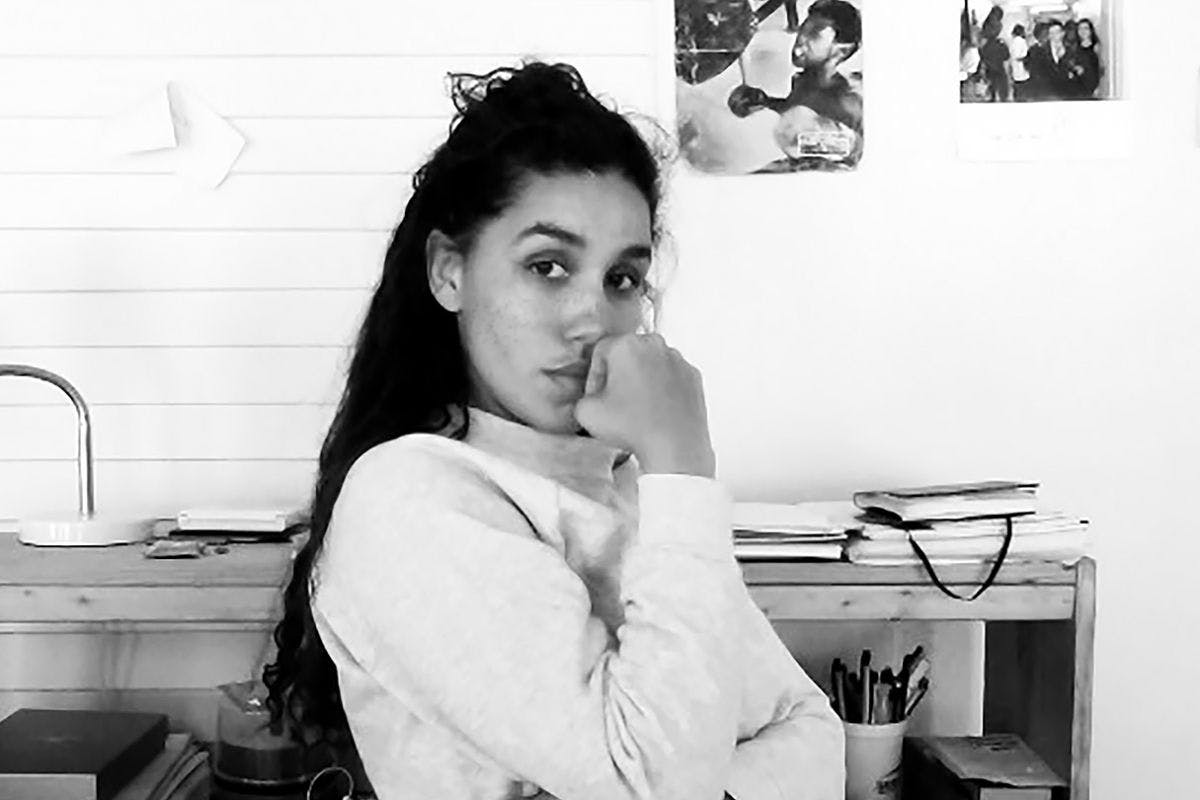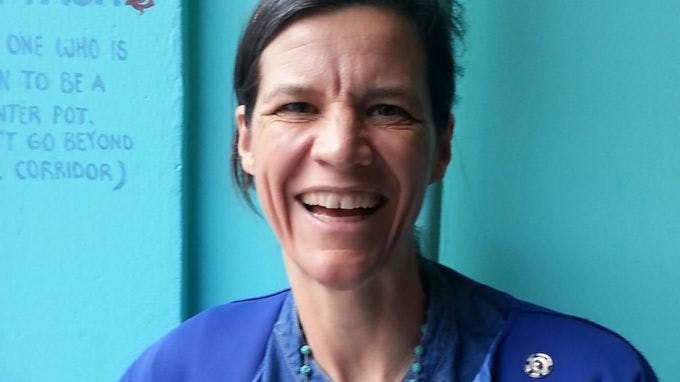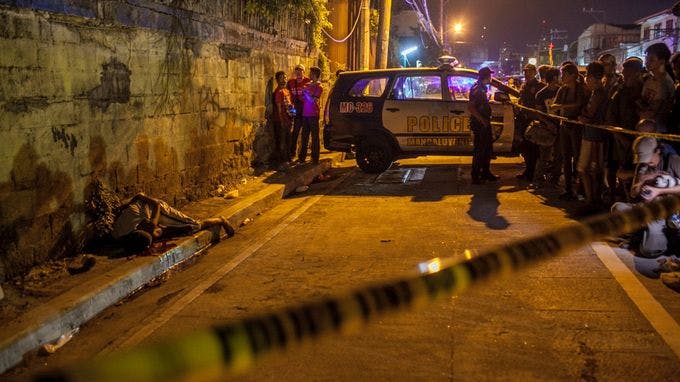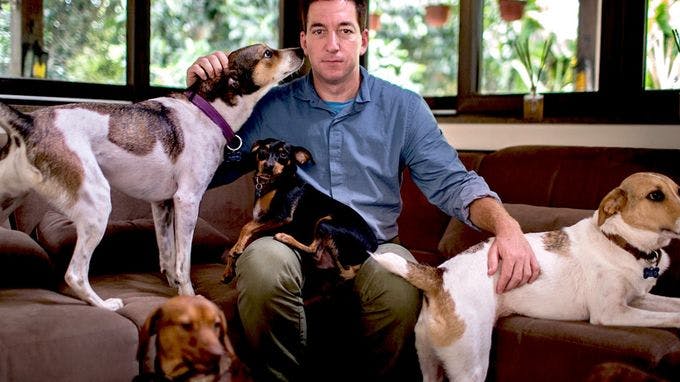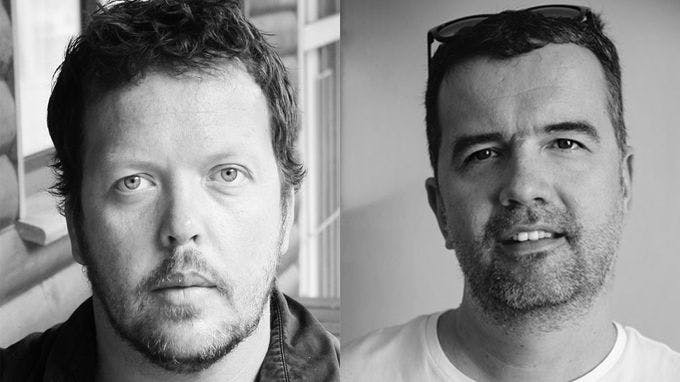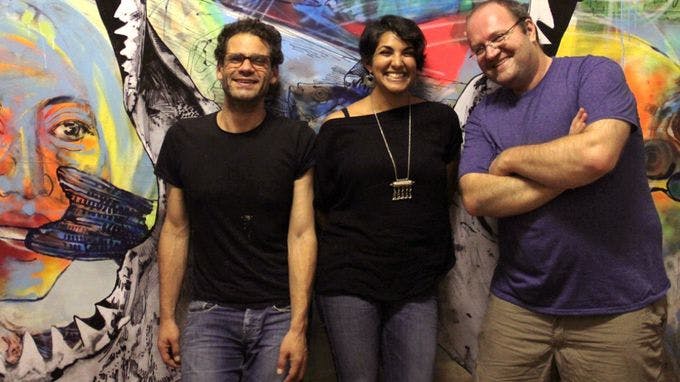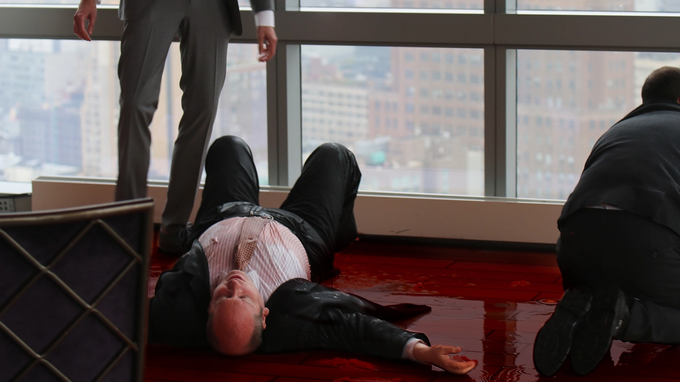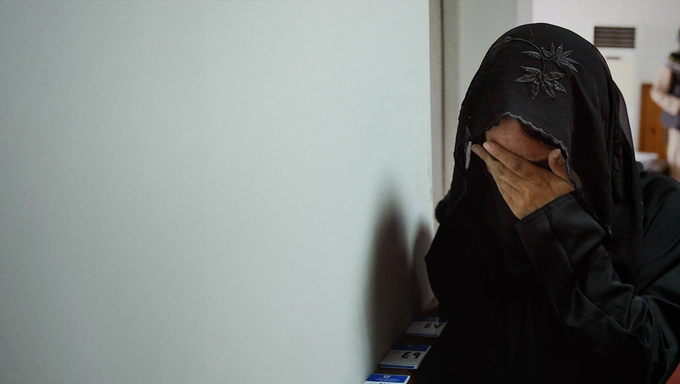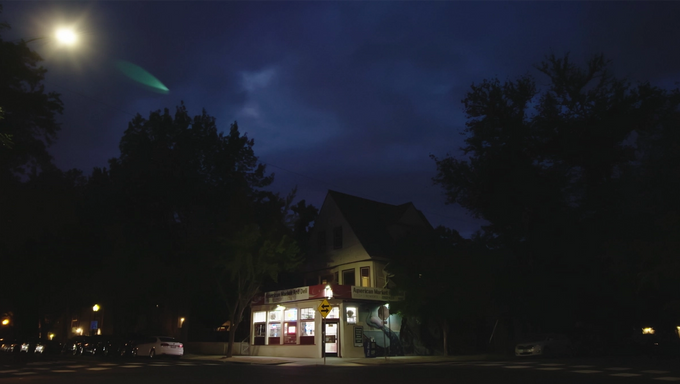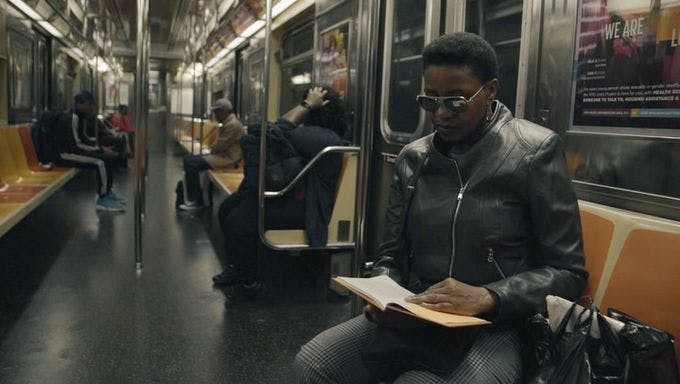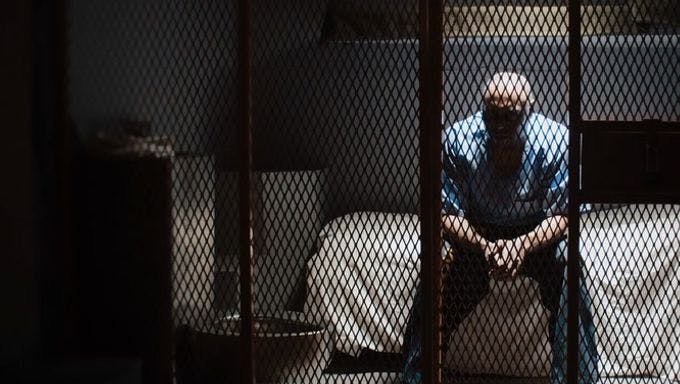In today’s world, much of our lives and livelihoods take place online. Communities, relationships, industries, economies, and micro-economies have developed on the internet. How do we report and tell these stories? What forms might they take? How might they look and sound? In Like, a short documentary released by Field of Vision, filmmaker Garrett Bradley offers some possibilities. Bradley previously made two formally adventurous features that blended documentary and fiction — Below Dreams, which premiered at the 2014 Tribeca Film Festival, and Cover Me, which premiered at the 2015 Rotterdam Film Festival. With Like, the New York-raised, New Orleans-based director uses the short form to offer a glimpse into what it means to “like” things on Facebook for a living. This takes her film to Dhaka, Bangladesh, where workers engaged in this new economy — paid to “like” Facebook pages — are as hard to pin down as Bradley’s unique aesthetic approach.
Was the phenomenon and industry behind “likes” something you’d previously reported on?
Bradley: No, I had only read about click farms. It’s funny how information kind of starts to circulate in our minds — we’ll read something briefly and then it circles back to you maybe months or even years later. [The article] said something about how click farms are actually a business, that when we pay for Facebook likes, or likes on any kind of social media platform, they are actually being done by people. It seems kind of obvious — of course it’s done by somebody — but it hadn’t occurred to me.
Yet reading about a reality can be quite different from experiencing it. How did arriving in Dhaka and meeting these click farm workers change your understanding of their work and lives?
Bradley: When I pitched the story, I pitched it sort of as a sweatshop/labor story — this thing where people were getting paid very low wages and working very long hours, and that this was something that we shouldn’t be supporting. But when I got to Bangladesh, it was immediately clear to me that it’s like a complete opposite scenario. That this work was really no different from what web developers in the early 2000s were doing — where it was a really cool job, you didn’t have to have a boss, you could work from home, you had a sense of autonomy and authority over your own life. And most of the people doing this work were young men who were educated, had gone to college. This was a choice, it wasn’t something they were falling into. It was very much in reaction to not being able to become a doctor or an engineer, as one of our subjects says very explicitly in the film, with the only other alternative being physical labor.
Considering things weren’t as stark as you expected, and that this work involves desk-bound characters, how did you go about telling the story visually?
Bradley: I was very sensitive to the fact that I was dealing with matters that could very heavily lean toward computer and technology stuff, and I didn’t really want to look at a screen over and over again. We’re doing that already, all the time, so how can we deal with technical-based subject matter and still make it cinematic? I was trying to … focus on the people in front of the computer. I think that it boils down to how, as filmmakers, we approach subject matter fundamentally — perhaps in ways we’re not even conscious of. Whether this was a story about sweatshop labor or a story about pride, I think I would have been interested in exploring the humanity of it in the same way.
Practically speaking, how do you go about doing that?
Bradley: I couldn’t tell you exactly how I film people. But I know that I try as much as possible for there to be the same level of respect and equality that I bring to my subjects off-screen. And I think that if it were a sweatshop labor scenario, it probably wouldn’t have been any different in terms of the approach.
It does seem that there’s a really great rhyme between the rhythms of their work lives — they’re not necessarily working extremely long hours, some work as artists in their spare time — and how you depict them in the film, which is walking around and outside, not dominated by their computers.
Bradley: I really wanted people to understand what the context was for the computer — what was outside of the office space. Coming from working in narrative film and going into documentary, trying to sculpt the story in a certain way involved kind of a learning curve. I still don’t have a very clear idea or definition for the work that I make. But I knew that I had to stay true to the subjects, that it was fact based, that it had to be rooted in the truth and clear to people what was happening. I couldn’t leave it up to the sensibilities of an individual — that it had to be unequivocal to a certain extent. I like that challenge, and I like the shape of it.
Meaning you liked working in the short form?
Bradley: I almost feel like I figured something out in the process of cutting it so many times — I did something like 23 cuts. And in the process, I felt like I was getting closer and closer to how to create content for this kind of shape. It’s hopefully a kernel of something that I can continue to expand on in that same kind of size. Charlotte [Cook] and I were on a panel at SXSW, and somebody asked, “What’s the purpose of short-form content? What is its role?” And that’s part of the reason I’m so reluctant to talk about genre — because of those kinds of questions. That the things we make need to have a [set] role. Like a library — where do we shelve it? But I think eliminating that leads people to feel a sense of call to action. That lack of conclusion allows people to feel engaged and that they can even continue something forward on their own if they need or want.
For you it’s an open or even participatory form?
Bradley: It’s about, “Well, that’s not finished yet.” It’s something that could continue, something that’s still happening. Whereas with the narrative form, or even with features [in general], you have to go through this whole journey so that by the time you’re done with it someone may feel, “Well, what else is there to be done?”
There’s an elliptical quality to what you’re doing aesthetically in this film. Between the haunting music and the slight warping of the visuals, you’re conveying a sense of unease that’s mysterious, that’s not overtly legible.
Bradley: With the score, I mean — atonalism is perfect for this kind of thing. There’s a certain level of neutrality that doesn’t feel manipulative, and yet it maintained a sense of beauty and lyricism that I have a preference for in my work.
How did you achieve that visual effect in the film, that refracting, unstable surface?
Bradley: In [Adobe] Premiere, they have this weird warp that’s supposed to stabilize [the image], that’s supposed to make things very still. And if you change the point where it’s supposed to be stabilizing from, it actually completely rearranges the whole image — it makes it the opposite of stable, and tries to stabilize itself on something that’s still moving. So then the whole image moves. And I thought that formally made a lot of sense because of where I was at with the story, and where I thought this subject matter could go.
I thought it was also very provocative, and wondered if it was related to your experience, of the instability of what you were encountering and processing.
Bradley: I think a lot about the aesthetics of “video art” versus film, and then with documentary, it’s funny how much the movement of the camera tells people, or signifies to people, which category it is that we’re watching. I think it’s changing more in the art world, that it’s OK to be beautiful. That it’s OK to show that there was effort put into it. And I think that’s also happening with documentary. I like the idea of there being this shakiness that sort of indicated documentary, but it wasn’t quite that.
It does add an extra layer there that challenges my expectations of what I’m looking at. Looping back to something you mentioned earlier about figuring some things out about the short form — do these aesthetic choices, this fluidity of genre and the signifiers of genre, work particularly well in a compact shape, where you can more easily sustain those choices?
Bradley: When I read Claudia Rankine’s book Citizen, I was really struck by the formatting of language. It’s so much the way we carry through narratives — that there are micro-narratives, series of moments that make up a whole book. That in each moment there’s this whole universe, and in which we can make very large statements. I like the idea of being able to make something that is overtly trying to address real change in the world. And that’s not something that you always have space for, or that I’m always interested in doing, with feature-length films. I heard Robert De Niro talking about acting, how there’s so much power between the lines. That it’s not necessarily about the dialogue, it’s about what happens in between the dialogue, which is where the truth is. And I think that there’s something to be said for the form that we’re working in now. And that urgency can be shared between the filmmakers and the viewer now, in a way that has not always been possible.
That makes a lot of sense, that the shorter form can draw more attention to the moment, and to the spaces in between the moments. And as you said earlier, it can invite the viewer into those spaces to pursue the ideas in his or her own way.
Bradley: The film is really just a kernel, a quick proof of what exists. I would hope that there’s a way to expand upon the topic, because there were so many things that I discovered that were so problematic with the way that we are engaging with Facebook, and its connection to advertising, and to [the valuation] of different cultures. It’s not the typical big company, bad people thing — it’s something that we’re all kind of engaging in without realizing it.
Which was more than you could or would want to include in this piece?
Bradley: It was so big, and in order to tell that story I needed way more information. I could explain it, but I don’t think that it would feel as impactful without certain kinds of interviews from certain people, for instance, from Facebook itself — I contacted Facebook multiple times, of course, without a reply — and from certain large advertisers. So many people in other parts of the world spend a lot of time on the internet, particularly in Southeast Asia, where the population is very high, but those likes are cheaper to buy because the value of a like is only as valuable as its ability to turn a transaction. And advertisers believe that if you’re not American, if you’re not Western, you’re not going to buy anything, and therefore you’re not valuable. And that’s a really big, important thing for us to be thinking about. This piece didn’t get to that, but I hope in some kind of way we can get there, to start to talk about how the internet and money and where we come from are all connected to each other — how we’re participating in that, and how Facebook is facilitating it.
